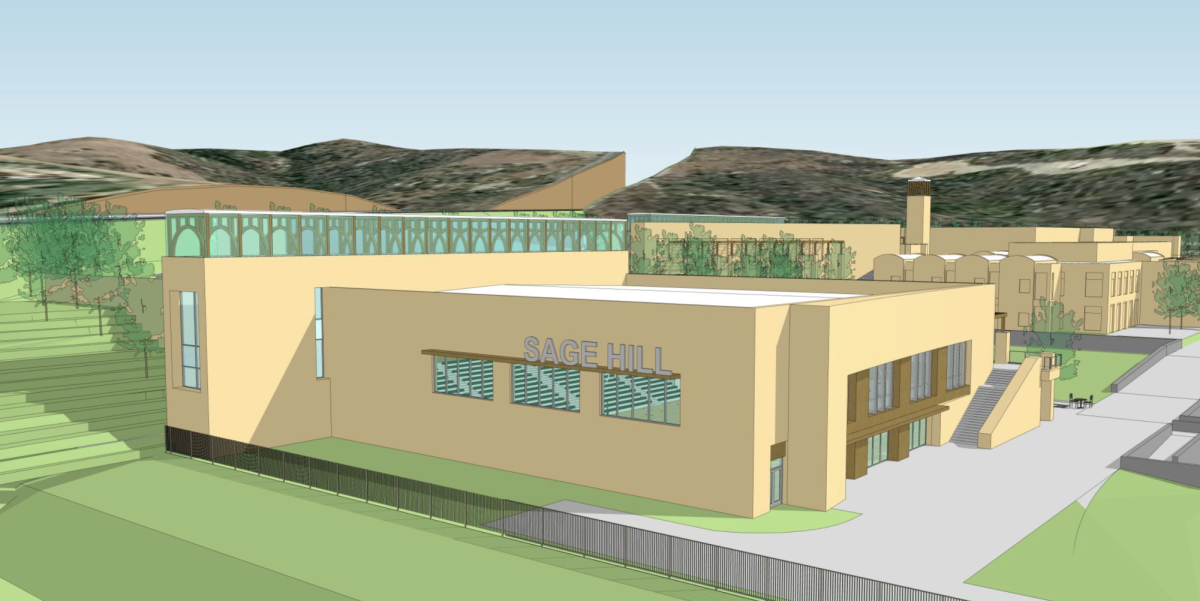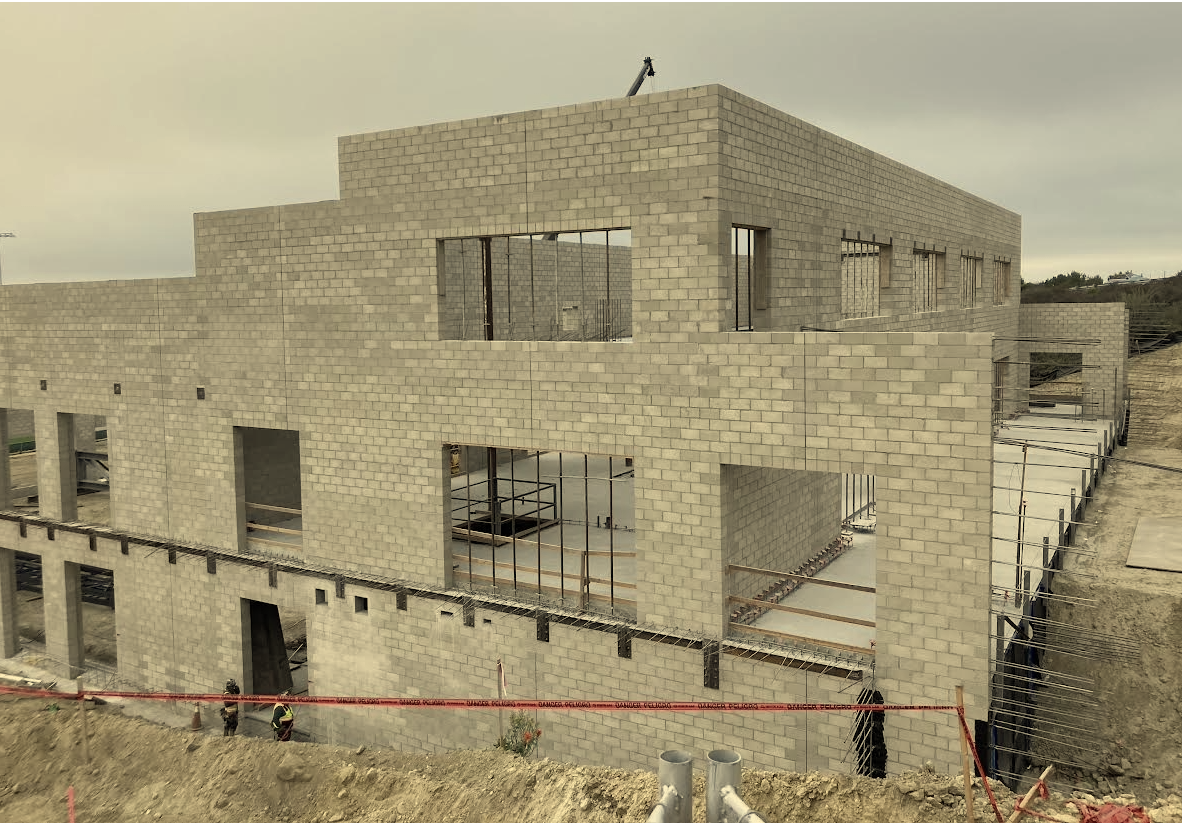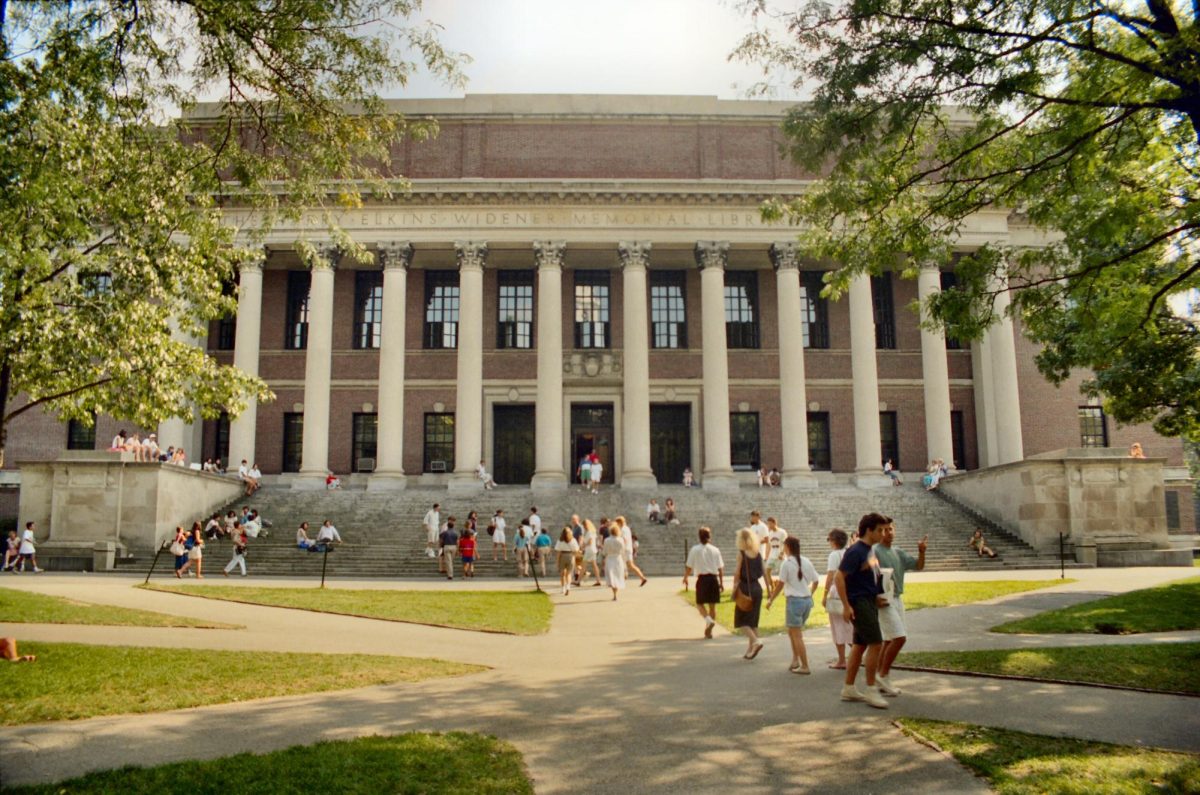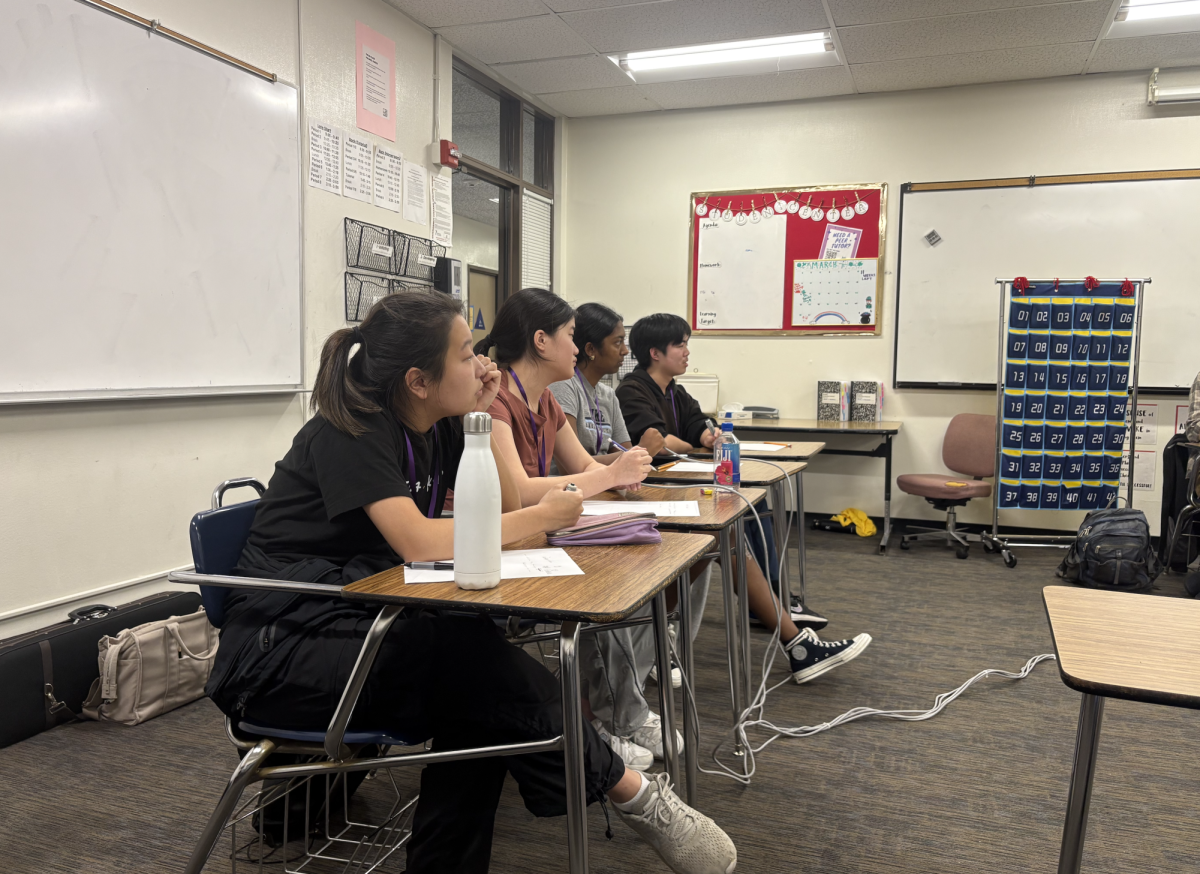Over the summer, the Sage Hill School Board of Trustees approved the launch of a five year fundraising campaign with the goal of raising $25 million to build and open a middle school.
Plans for the middle school project include a new cafe, several new classrooms, and a larger second gym that will be able to accommodate all students in grades 7-12 for school-wide events. The building would be constructed on an athletics practice field between the Argyros Family Science Center and D. Diane Anderson Family Humanities Building.
The Sage Hill administration has outlined the goals for creating a middle school as expanding the student population, better preparing students for success in high school, and increasing the amount of students with flexible tuition. Currently, only 14% of students at Sage receive some form of need-based financial aid. However, the middle school’s opening would see 20% of the entire student body on some form of flexible tuition.
Middle school grade levels will consist of 70 students, Head of School Patricia Merz said. Students from feeder schools such as The Pegasus School, St. Mary’s School and Harbor Day School will be offered deferred enrollment to continue their education at Sage’s middle school. However, Merz hopes that the middle school will also “expand access to more families who might have never considered Sage before,” such as families with elementary students from public school districts. However, senior Ryann Langdale believes that “students come to Sage to meet a lot of different types of people.” She worries that the introduction of the middle school will limit the diversity of experiences and voices from incoming freshmen, as the number of open spots in the ninth grade is potentially reduced by half.
Athletic facilities and drop-off zones will be shared between middle and high school students. To accommodate for this usage, the two schools will run on separate schedules, with the high school start time being pushed back to 8:30 a.m. Middle schoolers will also only use athletic facilities during the high school’s hours, preventing overcrowding of the space in the evenings. Another concern that has been raised by current students is that noise pollution will be a constant issue during the school year. However, Merz is confident that noise pollution and dust will be minimal.
The different start times will also reduce traffic congestion during pick-up and drop-off hours, school administrators said.
While it is too soon to gauge what the middle school curriculum will look like, Merz believes that “it will look like Sage, just with younger years” with an emphasis on growth and self discovery instead of academics and rigor. She also hopes that the similarity between the two curricula will better prepare middle school students for academic success in ninth through 12th grades at Sage Hill.
“There will be that learning curve that will need to take place,” Merz said, referring to the anticipated divide between the level of preparation of incoming freshman from the middle school versus the students entering from the public school system.
Merz also foresees more opportunities for high schoolers at Sage Hill to have more leadership opportunities in the middle school. Sophomore Tina Tahbaz also believes it will be an exciting opportunity for high schoolers to “guide middle schoolers in their preparation for highschool and even the future.”
Additionally, the rapid rise of AI in the past year has raised concerns about algorithms mimicking creative professionals’ likeness and intellectual property, provoking strikers to advocate for established guidelines for safeguarding jobs.
















